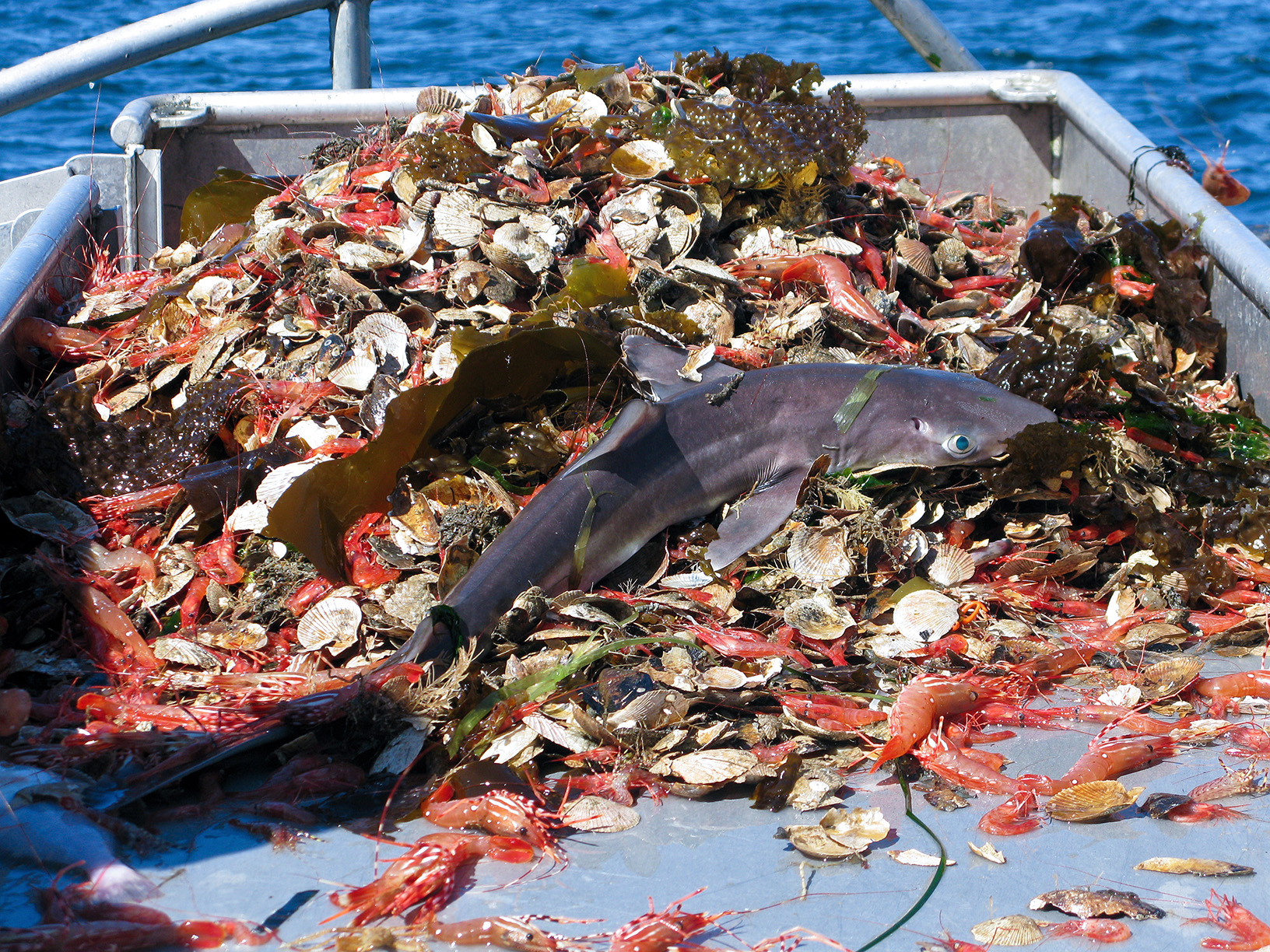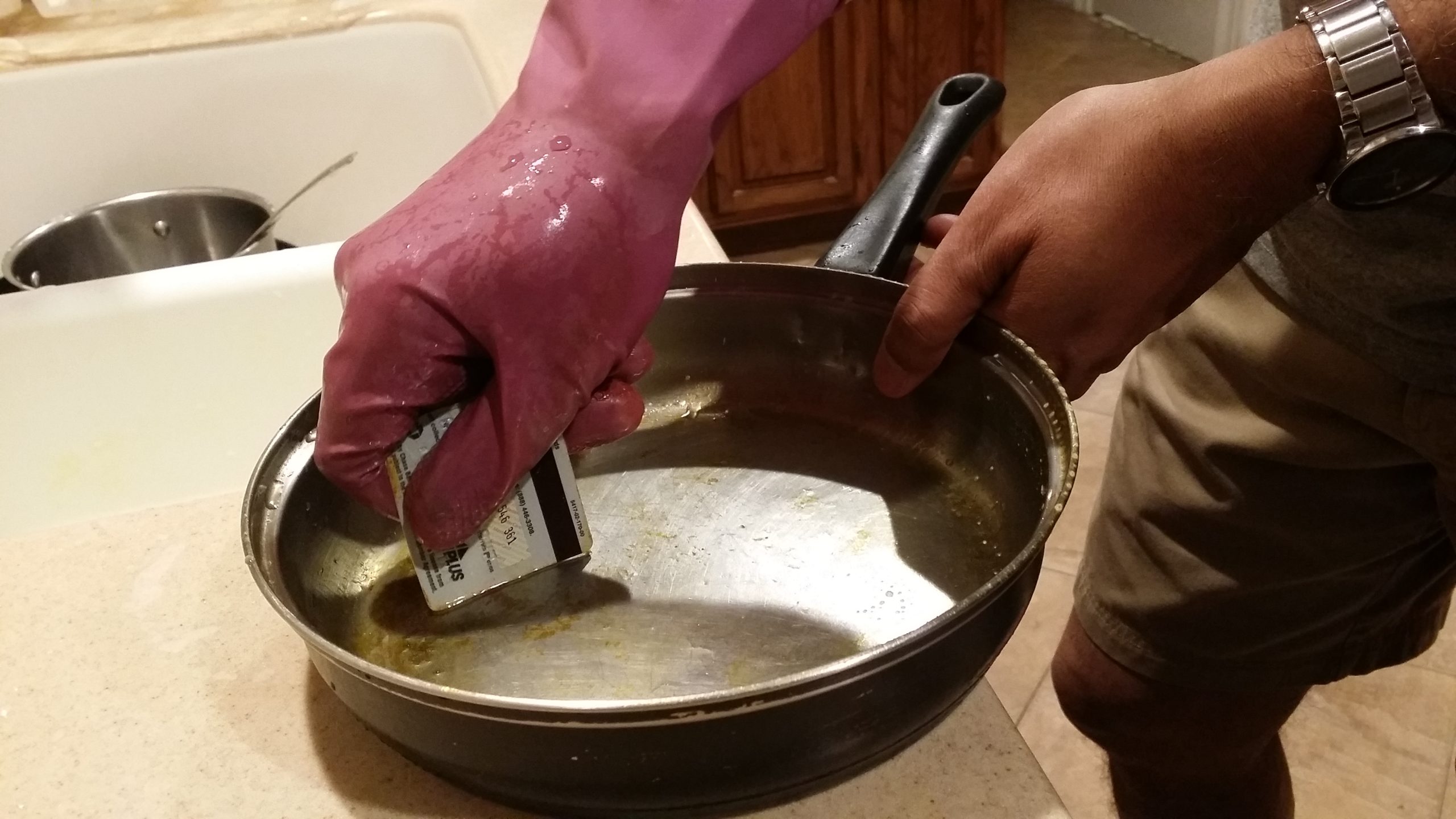Rainwater harvesting is in. Big time.
It’s the perfect micro-collection system to meet the rising demands for fresh
water in modern times. The entire responsibility of collecting, preserving and supplying water is no longer with the municipalities. It’s time to share that as a community.
We can’t do without water. Never.
Ancient civilizations thrived by the banks of rivers. With rising population, potable water became increasingly scarce. And that sealed the destiny of many ancient cities like Fatehpur Sikri, Babel, and Sheba.
And now with population growth and urbanization, we keep hearing of a monstrous water crisis around the corner. No doubt, some of us are already facing it firsthand.
But can’t we make new water?
This may sound like a fifth-grade science question but most of us are not so sure about the correct answer. Can scientists “make” new water? Many of you may bet on their ability to do so. Afterall, isn’t that what they get paid for, to solve our problems?
Well … honestly, that’s impossible. We can’t make NEW water. Period.
We got what we got. Just 335,051,000 cubic miles of it. Seriously! It doesn’t sound like a small amount, though. At least not until you know that 97% of it is sitting in the ocean, too salty for use. And 2% sitting in glaciers. Out of the remaining 1%, there are groundwater reserves and all the lakes and rivers sharing it. What’s doled out in faucets is a teeny tiny fraction of that. And that’s what is running out.

Imagine, if all the world’s ocean was just that large droplet of water, spread thin on 3/4th of the earth’s surface, we would have only the tiny speck of blue for fresh water. See how little it is? We could use a hand lens to see it. If we still miss the message in this powerful picture, who can we blame for our water crisis?
Nature’s inbuilt water cycle gives fresh supply straight off the clouds. In the form of rain. Without any help from man. But rain is as unpredictable as a stroke of good luck. Here this moment, gone the next. Both frequency and quantity are uncertain.
Who thought up Rain Water Harvesting (RWH)?
The need for RWH began with agriculture. Finding a predictable water source
was crucial. They dug out wells, ponds, and tanks with high embankments.
They built dams along the rivers to make reservoirs for flood preservation.
India was quite an expert at this and the Romans took it to the level of aesthetic aqueduct engineering. Many weather-beaten pockets of the world have been doing it.
Collecting rainwater during long voyages meant less rationing for the sailors. Many captains made elaborate RWH arrangements on board. Randomly stocking up on water, however, has its problems—germ-breeding and spread of disease. Even seamen on long voyages had to throw away putrid water from their wooden barrels. Dengue mosquitoes breed on any stagnant water.
But with the right precautions, and techniques, these issues are avoidable. That makes RWH a permanent promise of fresh water supply. Every country is encouraging it in a big way to meet the water crisis head on.
Has urbanization added to the water crisis?
You bet. Urban development has done two sweeping changes to the land:
- It covered up the surfaces of cities with a concrete carpet. This non-
porous or “impervious” surface poses a huge problem. The raindrops
can no longer seep into the soil and fill up groundwater reserves. - It has levelled low-lying areas and filled up ponds to make more high-
rises, leading to shortage of water during the dry months and floods
during heavy rains. There is no place for the water to accumulate.
Urban growth is going to increase about three-times, the trends say. More so in India. Which means more homes, more people, and more demands.
But where’s the water?
Is a solution in sight?
Revamping the municipality’s water supply system can be extremely expensive. And pointless, when resources are depleting. Setting up a decentralized RWH system by bringing back the age-old traditions is a rather easier solution. Simple to install and monitor, it’s now compulsory in many parts of India for all new communities in pockets of Tamil Nadu, Pune, Rajasthan and Kerala.
This is what we need to plan to hold the water that simply would have gone down the drain:
- Covered tank with a netted collection spout entering it to prevent mosquito breeding
- Ensure clean surface of the catchment area—no chemical runoff or organic matter like leaves or animal poop—roofs are comparatively safer surfaces.
- An outlet for the water to flow out of, ideally, with a filtration device if humans choose to use it
- A meshed overflow outlet to keep out mosquitos
- Double check the law of the land about RWH specifics before beginning a project
- Monitor the water quality periodically
- Going back to the examples of history, it looks like the most plausible solution for the urban man.
Are we ready to think outside the box?
Readiness comes from urgency. Nowadays it’s all about sustainable cities. The traditional western concept of urbanization will have to give way to this decentralized collection system.
The M. Vishvesvaraya Rain Water Harvesting Theme Park in Bangaluru is a great forum for showcasing and educating city folks on possibilities. Hyderabad Metropolitan Water Supply is second in line to build one soon. It’s about involving you and me in the process to be a part of the solution.
These bonus benefits will make you proud as owners:
- The canopy is non-porous. No rain seeps through—protects you from rain but collects the water for your use.
- There is a fine mesh of the same technical fiber material on top,
opposite curvature keeps off leaves and other debris. - Flow rate through the filtration system is 500/liters per minute.
- When the underground sump is full, the rain still coming down the pole flows out of a hole above the filter. No chance for mosquitos, here.
You can further arrange for diverting this extra water to a groundwater well or to a creek/pond. Diversion to the cooling ponds can be a good choice in factory premises.







0 Comments